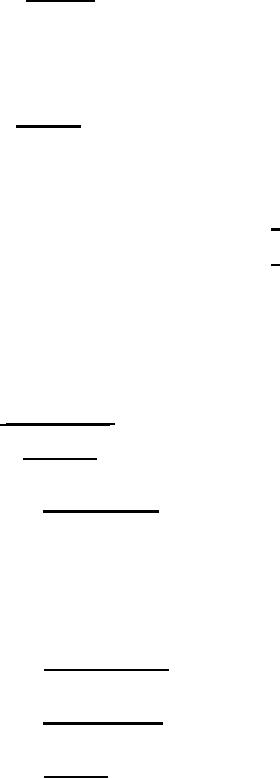 |
|||
|
|
|||
| ||||||||||
|
|  MIL-T-6396E
3.5.2 Capacity. The design capacity shall be as specified by the acquisition
activity or airframe manufacturer. The capacity of types I and III tanks shall
be within 1.5 percent of the total volume of the average capacity of the first
10 production tanks manufactured after preproduction approval of the tanks.
For tanks in production, the head versus volume curve shall be within 1.5
percent of the calibrated head versus volume curve.
3.5.3 Weight. Emphasis shall be placed on the design to create the lowest
weight tank that will meet the requirements of this specification. The weight
of production tanks shall be within the following percentages of the average
weight of the first 10 production tanks manufactured after preproduction
approval of the tank:
+ 2 percent
a.
Type I tanks
+ 5 percent
b.
Types II and III tanks
If, during the production of tanks or cells, the weight consistently exceeds
the tolerance on one side of the production weight, the acquisition activity or
contractor shall be so informed, and all pertinent data shall be supplied
including a recommendation for a new production weight, the reason for
exceeding the weight tolerances, and a log of the tank or cell weight for
review and establishment of a new production weight.
3.6 Construction
The requirements specified herein shall apply to fuel tank
3.6.1 Fittings.
fittings.
3.6.1.1 Configuration. Outlet bosses used in type I tanks shall conform to
MS 33649 or MS 33786, as applicable. For types II and III tanks the fittings
shall be designed and constructed in accordance with the applicable MS drawings
and in conjunction with the fluid system components to insure that leakage does
not occur during normal service life. Fittings shall conform to MS 29558
through MS 29560, MS 29562 through MS 29568 and MS 33581, as applicable. The
through bolt fittings depicted in these drawings may be used for connections
where no seal is required around the bolt.
3.6.1.2 Sealing torque. The fitting will be designed to provide a fluid tight
seal with application of the tightening torque.
3.6.1.3 Threaded holes. All threaded bolt holes shall be blind and shall
incorporate replaceable or repairable self-locking steel inserts.
3.6.1.4 Inserts. The locking device shall start to function not more than the
equivalent of three-fourths of the diameter of the bolt from the first thread.
It shall be possible to turn the bolt a minimum of two turns in the insert
before the bolt becomes finger tight. The fitting and insert shall be designed
so that damage beyond repair to the fitting or insert shall not occur when the
maximum allowable torque as specified in table I is applied on a bolt that is
bottomed out against the bottom of the bolt clearance hole or tapped hole or
when applied against a bolt that is shanked out against the top thread of the
bolt. It shall be possible to apply the maximum allowable torque as specified
in table I against a bolt that is bridged in a manner to exert an extracting
force of the insert, without extraction of the insert or damage to the insert
of fitting. The insert and locking device shall have a life of at least 50
installation and removal cycles before replacement is required.
5
|
|
Privacy Statement - Press Release - Copyright Information. - Contact Us |